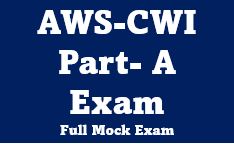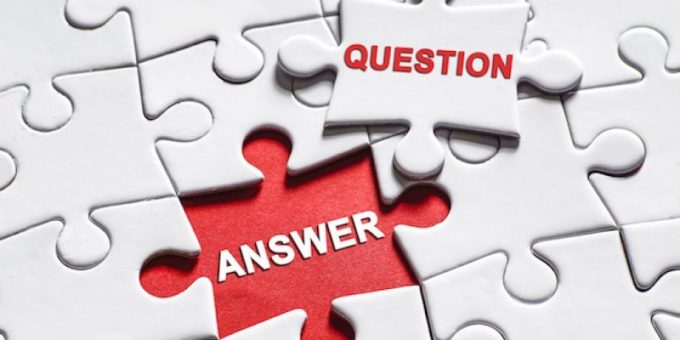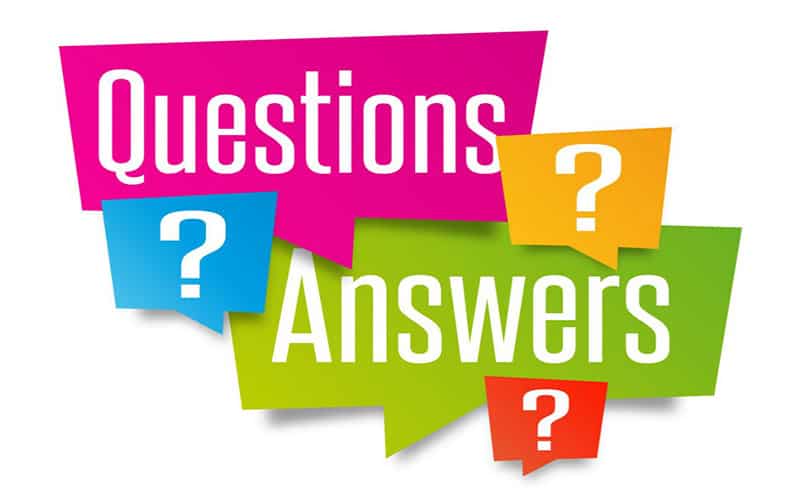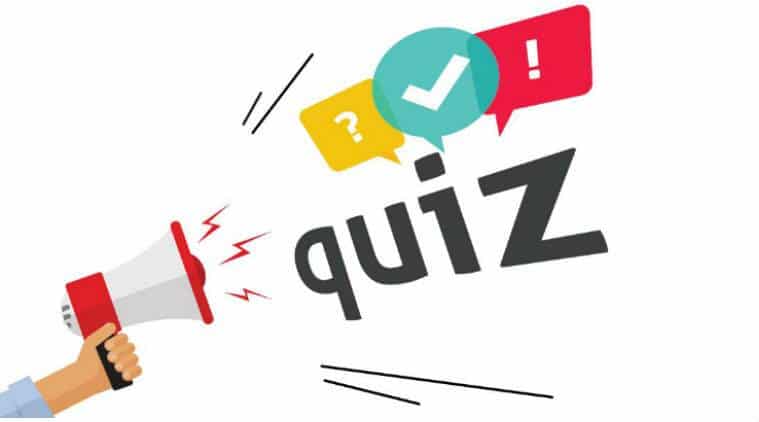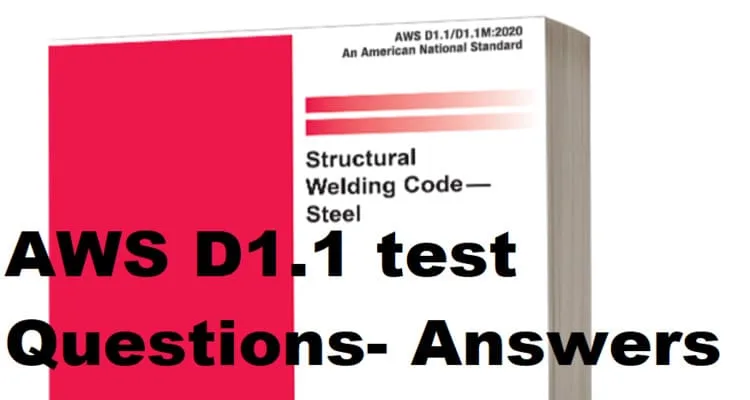ASNT VT Level III Questions-Answers
Practice 1000+ ASNT VT Level III Questions & Free Mock Exam.
🏆🏆🏆Guaranteed pass the VT Level III Exam.🏆🏆🏆
- What was the initial status of visual examination (VT) in the nondestructive testing industry?
- A) It was widely acknowledged and utilized
- B) It was the first NDT method recognized formally
- C) It was the last NDT method developed
- D) It was neglected for much of its industrial application life
- ✔️ B) It was the first NDT method recognized formally
- Which organization fostered the development of visual examination technology in the early 1980s?
- A) American Society of Mechanical Engineers (ASME)
- B) Electric Power Research Institute (EPRI)
- C) American Society for Nondestructive Testing (ASNT)
- D) U.S. Federal Regulations
- ✔️ B) Electric Power Research Institute (EPRI)
- How many categories did ASME sector the visual examination into?
- A) 2
- B) 3
- C) 4
- D) 5
- ✔️ C) 4
- What does VT-1 focus on in visual examination?
- A) Location of evidence of leakage
- B) Conditions relating to the operability of components
- C) Condition of a component
- D) General mechanical and structural conditions of components
- ✔️ C) Condition of a component
- According to ASME Boiler and Pressure Vessel Code, which section describes the performance requirements for NDT?
- A) Section III
- B) Section V
- C) Section XI
- D) Section VIII
- ✔️ B) Section V
- What is the defined distance within which direct visual examination is conducted according to ASME standards?
- A) Within 10 inches
- B) Within 20 inches
- C) Within 25 inches
- D) Within 30 inches
- ✔️ C) Within 25 inches
- Which of the following is NOT a category of remote visual testing?
- A) Borescopes
- B) Fiberscopes
- C) Endoscopes
- D) Video technology
- ✔️ C) Endoscopes
- What did the evolution of endoscopes aim to address?
- A) Decreased image clarity compared to rigid lens systems
- B) Eye fatigue associated with endoscope use
- C) Limited access to inaccessible areas
- D) Excessive weight and bulkiness of the equipment
- ✔️ B) Eye fatigue associated with endoscope use
- What was the primary advantage of the flexibility offered by fiber optic bundles in remote visual inspection?
- A) Enhanced image clarity
- B) Decreased eye fatigue
- C) Improved access to previously inaccessible areas
- D) Reduced need for additional cameras
- ✔️ C) Improved access to previously inaccessible areas
- What technology replaced bulky add-on cameras for remote visual inspection?
- A) Tube-type cameras
- B) Endoscopes
- C) Charge-coupled devices (CCDs)
- D) Fiber optic bundles
- ✔️ C) Charge-coupled devices (CCDs)
- What is the primary advantage of CCD technology in videoendoscope systems?
- A) Larger physical size
- B) Reduced image resolution
- C) Ability to record images
- D) Limited range of industrial applications
- ✔️ C) Ability to record images
- What is the primary function of the retina in the human eye?
- A) Transmitting neurological signals to the brain
- B) Sensing wavelengths of light
- C) Producing images on the back of the eye
- D) Analyzing images received from the brain
- ✔️ B) Sensing wavelengths of light
- Which test is used for near-distance visual acuity in the United States NDT environment?
- A) Snellen test
- B) Ishihara test
- C) Jaeger test
- D) Landolt C test
- ✔️ C) Jaeger test
- What limitations of vision are mentioned in the text?
- A) Chromatic aberration and optical distortion
- B) Visual acuity, depth perception, and color blindness
- C) Intensity threshold, contrast, visual angle, and time threshold
- D) Peripheral vision and binocular vision
- ✔️ C) Intensity threshold, contrast, visual angle, and time threshold
- What is the significance of visual acuity in the context of NDT certification?
- A) It determines the inspector’s proficiency in using visual aids
- B) It assesses the inspector’s ability to distinguish colors accurately
- C) It measures the inspector’s ability to detect minute details during inspections
- D) It evaluates the inspector’s adaptability to changing lighting conditions
- ✔️ C) It measures the inspector’s ability to detect minute details during inspections
- According to the text, what factors contribute to the perception of color by the human eye?
- A) Refractive index and light scattering
- B) Brightness, hue, and saturation
- C) Reflection and diffraction
- D) Absorption and transmission of light
- ✔️ B) Brightness, hue, and saturation
- How is visual acuity assessed using the Jaeger test?
- A) By determining the ability to detect faint objects in low light conditions
- B) By reading a printed text from a specific distance
- C) By identifying colored shapes against a contrasting background
- D) By discerning minute details in complex patterns
- ✔️ B) By reading a printed text from a specific distance
- What is the main purpose of assessing visual acuity in the NDT industry?
- A) To ensure compliance with safety regulations
- B) To identify potential candidates for promotion
- C) To minimize the risk of errors during inspections
- D) To verify the inspector’s ability to perform tasks accurately
- ✔️ D) To verify the inspector’s ability to perform tasks accurately
- What is the purpose of direct visual aids?
- A) To replace direct viewing with enhanced imaging techniques
- B) To assist the eye in visualizing surfaces beyond normal capabilities
- C) To obstruct the direct view for precise examination
- D) To reduce the need for visual inspection in industrial settings
- ✔️ B) To assist the eye in visualizing surfaces beyond normal capabilities
- How is magnifying power calculated for a lens?
- A) Multiply focal length by 10
- B) Divide focal length by 10
- C) Add 10 to the focal length
- D) Subtract focal length from 10
- ✔️ B) Divide focal length by 10
- What is the magnification power of a lens with a focal length of 3 inches?
- A) 0.3×
- B) 3×
- C) 10×
- D) 30×
- ✔️ B) 3×
- What unit of measurement is used to express the magnification power of a lens?
- A) Inches
- B) Meters
- C) Diopters
- D) Centimeters
- ✔️ C) Diopters
- What is the principal limitation to the amount of magnification?
- A) Depth of field
- B) Lens diameter
- C) Light intensity
- D) Focal length
- ✔️ A) Depth of field
- What is the purpose of additional light sources when employing magnification devices?
- A) To decrease the intensity of the light
- B) To increase the distance between the light source and the specimen
- C) To ensure uniform illumination on the specimen surface
- D) To reduce the need for magnification during inspection
- ✔️ C) To ensure uniform illumination on the specimen surface
- Which of the following is a common source of auxiliary light used in visual inspection?
- A) Fluorescent tube light
- B) LED light panel
- C) Hand-held flashlight
- D) Candlelight
- ✔️ C) Hand-held flashlight
- How does the intensity of light change when the distance from the light source to a surface is doubled?
- A) It remains the same
- B) It increases
- C) It decreases to one fourth of the original intensity
- D) It decreases to half of the original intensity
- ✔️ C) It decreases to one fourth of the original intensity
- What equation is used to express the relationship between light intensity and distance from the light source?
- A) I1 = D1 / D2
- B) I1 = I2 / (D1 * D2)
- C) I1 = (D2 / D1)^2 * I2
- D) I1 = (D1 / D2)^2 * I2
- ✔️ C) I1 = (D2 / D1)^2 * I2
- Which device is commonly used to measure dimensions and discontinuities in visual testing?
- A) Oscilloscope
- B) Optical comparator
- C) Thermometer
- D) Seismograph
- ✔️ B) Optical comparator
- What is the main drawback of misusing a 6-inch pocket scale during measurement?
- A) It results in inaccurate readings due to poor calibration
- B) It causes damage to the specimen being measured
- C) It leads to difficulties in holding the scale steady
- D) It introduces inherent inaccuracies when measuring movable surfaces
- ✔️ D) It introduces inherent inaccuracies when measuring movable surfaces
- Which measuring device is commonly used to measure outside or inside diameters with high accuracy?
- A) Vernier caliper
- B) Micrometer
- C) Depth indicator
- D) Optical comparator
- ✔️ B) Micrometer
- What is the function of the internal screw in an outside diameter (OD) micrometer?
- A) To hold the micrometer together
- B) To adjust the position of the anvil
- C) To provide precise spindle movement for measurement
- D) To attach various attachments for different applications
- ✔️ C) To provide precise spindle movement for measurement
- Which measuring device is commonly used to measure the remaining stock on a part in a machine lathe?
- A) Linear scale
- B) Depth indicator
- C) Transfer calipers
- D) Vernier caliper
- ✔️ C) Transfer calipers
- What is the purpose of a template in the welding, fabrication, and construction industries?
- A) To provide a reference for temperature measurements
- B) To measure the depth of surface discontinuities
- C) To compare weld or base metal dimensions for dimensional accuracy
- D) To cast a magnified image onto a glass screen for comparison
- ✔️ C) To compare weld or base metal dimensions for dimensional accuracy
